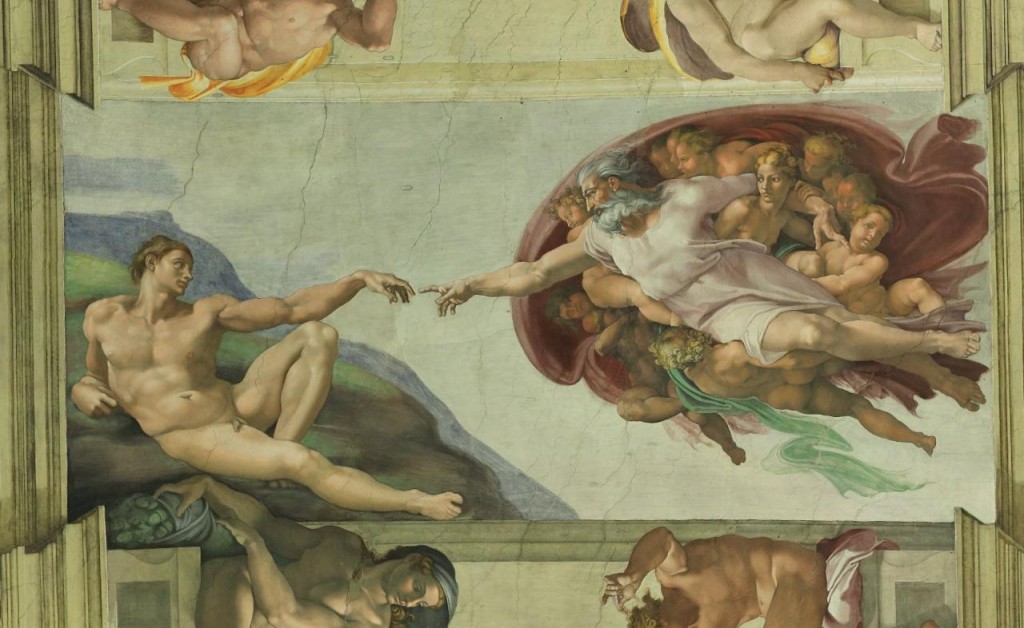Society venerates vanity. We live in a world of make-believe beauty, in cosmetics, fashion, automobiles, etc. Design magazines flaunt the latest ‘must have’ objects by the latest golden boy designer. Every purchase we make is a vote towards this subjective expression of beauty.
But beauty is absolute. It is not in the eye of the beholder. Something is either beautiful or it is not. Beauty is a quality that is inherent in the object. It is not an attribute that is endowed on the object by the viewer.
Can beauty be quantified? St. Thomas Aquinas names three essential conditions of beauty: clarity, harmony and integrity. We experience clarity through the senses when we notice the distinctiveness of the object, whether they be brilliant colours, form or some other characteristic. Secondly, we experience harmony, or the right relationship of the parts. Thirdly, we experience integrity. The object elicits a response of pleasantness, rest, contemplation and oneness of being.
Research by Dr. Margaret Laracy, Psychologist and Assistant Professor at the Institute for the Psychological Sciences in Arlington, VA, found empirical studies showing that exposure to natural beauty improves physical and mental health. There are also health benefits of exposure to artistic beauty, as expressed in painting and music. Various forms of beauty can help to heal the human person, particularly in terms of psychological healing. Beauty is essential to human existence.
Beauty cannot be appreciated by reasoning. In a society that only believes the tangible, it is no surprise that our society relegates beauty to the superficial. It is something that can be entertained after all the other “rational essentials” are provided. Beauty is something that is nice to have.
Beauty can be an expression of reason. It transcends aesthetics. The fit between clarity, harmony and integrity appeals more than to just good looks. It can be equally applied to a mathematical formula, to the motion of the stars, to the flight of the bumble bee. Beauty is always clever.
Beauty is not a trend or fashion. Beauty is an attitude. It transcends time. The Sistine Chapel is as awesome today as it was five hundred years ago. Can we say the same thing of the objects, art, buildings and environments that we are producing now? We are producing far more but with far less attention to quality. We rely on technology to explore the depths of our existence, but miss the beauty it uncovers. We have become dependent on machinery to manufacture cheaper objects, but with no soul.
In the words of Harriet Beecher Stowe, “In all ranks of life, the human heart yearns for the beautiful; and the beautiful things that God makes are God’s gift to all alike.” God’s beauty is everywhere around us. We just need to open our eyes.
Humanity has shown that it can create awesome beauty. But it seems that we have lost the yearning in favour of cheaper product and experiences. We must vote for beauty in what we buy, in what we use, in where we live, in what we drive. Beauty is achievable in everything that we do. We must teach the appreciation and creation of beauty in our schools.
Let us venerate beauty.








